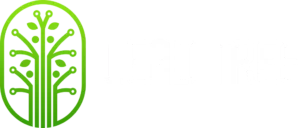In marketing, it’s important to understand the customer journey as they interact with your brand. The customer journey is a fancy term for the entire experience a customer has while interacting with a brand. So whether they buy the product or service, stop randomly in the middle, or click out of your webpage right after clicking on it, it’s important to know all these statistics in order to better understand your audience and, ultimately your business.
A marketing funnel is the customer journey broken down into segments. While it is highly debated on exactly how many stages there are in the marketing funnel, there is a common three-stage model that divides the funnel into awareness, consideration, and decision.
Understanding and targeting each stage can help develop more effective marketing strategies and improve the chances of a sale for your business.

Stage 1 – Top Of The Funnel: Awareness
The first stage of the marketing funnel is awareness, also known as top of the funnel or TOFU for short. This stage sees the most amount of people as it is where people become aware of your product or service. These people can see an ad, read a blog, and hear about your product or service through word of mouth, as long as they are made aware of your product or service, they’ve entered the top of the funnel. The whole goal of the awareness stage is to attract potential customers and build brand awareness.
A couple of strategies that are implemented during this stage include advertising, content marketing, and public relations campaigns.
Advertising involves both traditional and more modern techniques. Television, radio, and print make up the more traditional marketing, while social media and other digital banner advertising make up the modern marketing techniques. With the popularity of social media and the advancements in technology, more people are switching to modern advertising and electing to forego traditional methods. Knowing your audience can help you decide which is better for your business and which of the two will make a greater impact.
Content marketing is the creation of helpful media in an attempt to educate or inform an audience. This could include informative blog posts, infographics that break down a topic, and any other piece of content whose main purpose is to inform while also bringing people to your site.
Public relations or PR campaigns involve building relationships with influencers or using media coverage to spread the word about your brand. Something like getting on the news for a charity event counts as a PR event.
Establishing your company’s brand or making more people aware of it is a step towards being a thought leader in your industry. With a big enough brand, you can be recognized worldwide and become a household name.
Stage 2 – Middle Of The Funnel: Consideration
The second stage is consideration, also called the middle of the funnel or MOFU. The potential customer is considering or already interested in your product or service by this point. This means they’ve already had some sort of meaningful interaction with your company, meaning they’ve followed you on social media, subscribed to an email list, compared your product or service to competitors to try and learn more, etc. The whole goal of the MOFU stage is to help potential customers evaluate their options and make a more informed decision.
The most common marketing strategies used for this step include search engine optimization (SEO), social media engagement, and email marketing.
SEO strategies are implemented in order to draw people to your website. By optimizing your content and website as a whole, you can bring in more views and educate people on your brand. By properly optimizing your website, you’ll appear higher up on search engines, meaning more people will visit your site and learn more about your offerings.
Social media engagement is essentially monitoring your social media pages and replying to questions and concerns raised by potential customers. This social interaction also helps humanize your company, as people are more receptive when talking to other humans as opposed to just reading premade content on the internet. Engaging with your audience makes them more confident in your brand, influencing their decision.
Email marketing is a tried and tested marketing strategy that involves sending interested parties targeted emails. These emails usually provide more information to help push people along the marketing funnel, moving them toward making the purchase.
You want to build trust and confidence at this stage as it helps move potential customers towards the last step of the customer journey.
Stage 3 – Bottom Of The Funnel: Conversion
The third and final stage of the three-stage model of the marketing funnel is conversion. Also called the bottom of the funnel or BOFU, is the stage where the potential customer is ready to make the purchase. Factors such as price, quality, convenience, and customer service all factor in when making the decision. The goal of this stage is to persuade the potential customer to choose your brand over other options.
The marketing strategies used in this stage include special offers, customer reviews or testimonials, and customer support.
As the name suggests, special offers are usually discounts or one-time deals that help encourage people to make a purchase. Other special offers like a free item, a free trial of a different service, or exclusive access to something. You can encourage potential customers to make a purchase by offering them a bit more than they’d usually get.
Customer reviews or testimonials also help push potential customers towards a purchase. By showing positive reviews and testimonials from real customers, you can help build trust and persuade people to choose you over your competitors.
Customer support or service also factors into the purchase decision. If you have the reputation for good customer service, chances are you’ll be the most considered option people have. Customer support, on the other hand, can answer any questions that people still have and encourage them to go through with the purchase.
These strategies help build trust and provide value to potential customers, which in turn moves them along the marketing funnel and one step closer to closing a sale.
The Wrap Up
The three-stage model of the marketing funnel is a useful guide to understanding your customer’s journey and improving your marketing strategies. By going through each stage and targeting your audience, you bring in more potential customers, help them make informed decisions, and persuade them to buy.
Remember, the customer journey doesn’t end when a purchase is made. It’s important to continue to build trust with your customers as well as add value, as this will build brand loyalty within them and potentially make them long-term customers.

